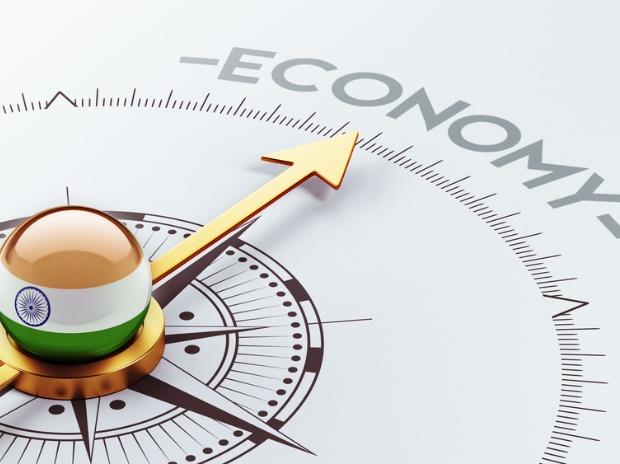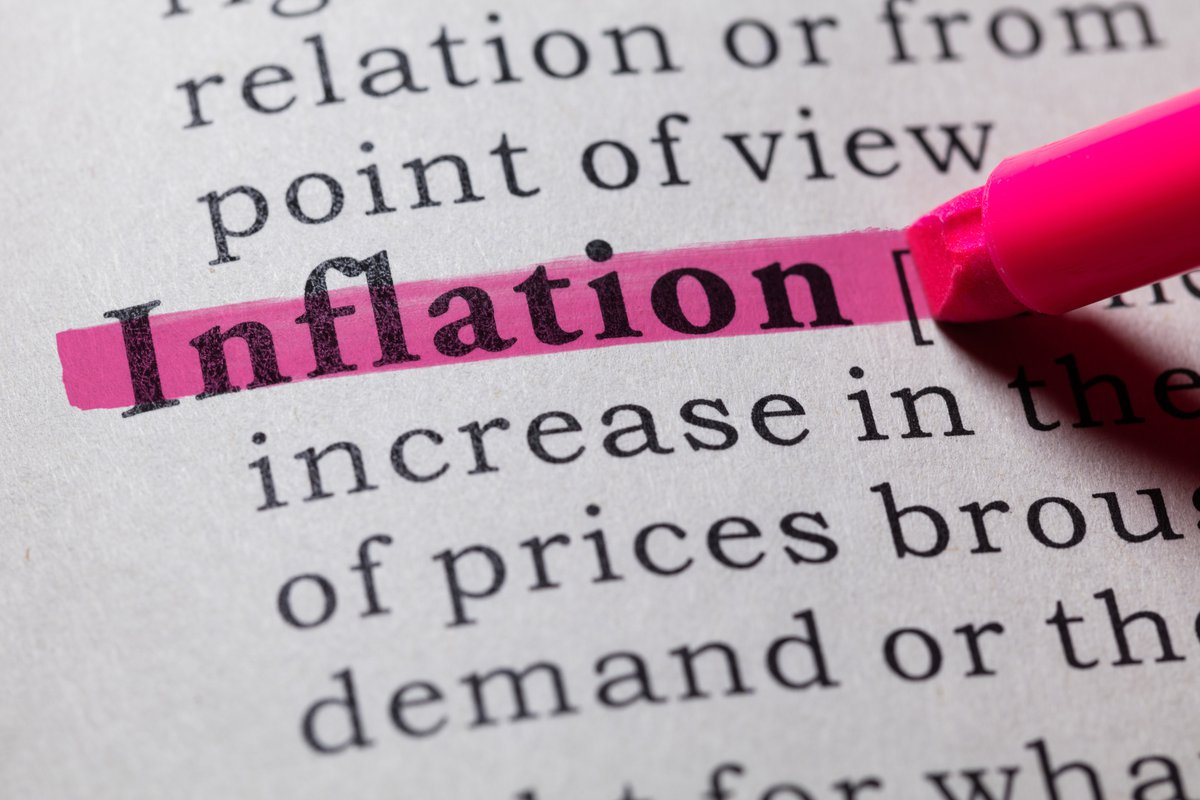FY23 GDP Growth Forecast cut from 7.2% to 7% – RBI; What are the Incoming Signals to the Indian economy in 2023?

With the global trend of developed economies slowing down along with conservative estimates projected for the global economy & hence GDP; India followed suit and released its estimates for the FY2023
On Friday, the Reserve Bank of India cut its GDP growth forecast for 2022-23 to 7% from the earlier estimates of 7.2%.
The reasoning behind the fall in percentage has been attributed to geopolitical tensions, global financial conditions, and slowing external demand. However, the RBI has kept the inflation projection of 6.7% intact.
RBI governor Shaktikanta Das, in the monetary policy statement, stated that a cautionary approach is required as there are upside risks to food prices, and the dangers to food-related inflation could have an adverse impact on inflation.
Some of the main reasons that have propelled the RBI to take the cautioned approach –
- The delayed withdrawal of monsoons, along with the intense rain spells in various parts of the country, have started to adversely impact vegetable prices.
- The beginning of the financial year saw acute imported inflation pressures, which have eased but have remained elevated across food and energy items.
- Lower Kharif paddy production has led to cereal price pressure spreading from wheat to rice.
- Economies of the world are said to be witnessing a “third major shock” after Covid -19, and the conflict in Ukraine is attributed to aggressive monetary policy actions and still more aggressive communication from Advanced Economy central banks.

Impact of slower GDP forecast
As on cue, SBI, BOI, HDFC, and ICICI, in quick succession, have hiked loan rates after the RBI raised the benchmark interest rate as the hike affected their benchmark rate linked to the repo rate. All have hiked the lending rate by 50bps.
Inflation is the key element to tackle
Incidentally, the good progress by the southwest monsoon and Kharif sowing, the increase in capacity utilization, the government’s CAPEX push, and extensive expansion in bank credit ought to support investment activity; however, the thorn on the side remained to be inflation.

As of June 2022, the headline CPI inflation remained above or just about the upper tolerance level of 6%, this for the sixth consecutive month.
As we go further and pick up cues from the global arena, it would be prudent to say that the inflation trajectory is heavily dependent on the evolving geopolitical developments, international commodity market dynamics along with global financial market developments.
Cut the Growth Forecast for 2022-23 but Raise the Repo Rate.
RBI, in its monetary policy review, has oddly cut India’s GDP growth rate from 7.2% to 7%; however, in same it has also raised the repo rate by 50 basis points.
If one looks at the table below, one would realize that the RBI has been rather smart as even though it has cut the growth rate it has actually done so by raising it!
| GDP Forecast | RBI in August | RBI in September |
| Q1 | 16.2% | 13.5% (actual) |
| Q2 | 6.2% | 6.3% |
| Q3 | 4.1% | 4.6% |
| Q4 | 4% | 4.6% |
| FULL-YEAR (2022 – 23) | 7.2% | 7% |
The above table indicates, that the RBI has come to a lower GDP growth rate for FY23 by essentially raising the forecast for the rest of the financial year.
What did Governor Shaktikanta Das say?
In his statement, the governor stated at the very outset that “the global economy is undergoing the third shock – after Covid and the war in Ukraine – and that this time the storm is arising from aggressive monetary policy actions and even more aggressive communication from Advanced Economy (AE) central banks.
What the above statement means is that when Advanced Economy central banks, especially the US Federal Reserve, raise interest rates aggressively (so as to contain inflation in their economies), it also forces economies such as India to increase interest rates. In the case that India does not follow suit, then Rupee would have to face more pressure and lose even more against the dollar.
He further stated that even though the global environment is challenging, India’s economic activity remains steady. India’s GDP growth in Q1:2022-23 was lower than expectations.
The positives, though, are the late recovery in Kharif sowing, reservoir levels are ideal, capacity utilization has seen improvement, bank credit expansion is looking good, and the government’s continued efforts regarding capital expenditure are a way to support aggregate demand and output in2022-23.

Markets Reaction?
The decision of the RBI to the 50 – basis – point rate hike on Friday was taken positively by the markets. One of the reasons for this positive approach is likely that if we’re to be compared to the rest of the world economies, the outlook for India in comparison is relatively better. The developed economies, going to most economists and analysts, who have raised a red flag, are inclined to slip into recession due to the increased rate hike cycle that started earlier this year.
On the other hand, India has been battling several of these risks but has been relatively safe due to the narrowing of capital outflows and the prices of several commodities; the risk to the external sector has decreased.
Also, India’s import cover stood at nine months compared to 20 months a year ago.
Another factor that has had a positive response from the markets is that the Indian economy is not entirely dependent on the economies of the rest of the world.
This has led many market analysts to believe that “India is an oasis amid a global sandstorm”.
While the world may be struggling with the fallout of the war and rate hikes undertaken by central banks across developed markets, India’s economic activity, on the other hand, remains stable.
.

-
Result
- Borrowings are set to get costlier.
- At present, the possibility of banks passing on this increased cost to borrowers during the ongoing festive season is low. However, it is inevitable that the pass may happen as soon as the festive season is over.
- REPO Rate increase by another 50 BPS has taken the total rate hike since May 2022 to 190 BPS. While this is expected and is in line with the global trend, it will have an impact on the market sentiments across all buying categories, especially since the festive season is upon us.
- The repo rate hike, along with the tight liquidity, would lead to a substantial rise in the cost of funding, which will have an impact on home loans also.

-
For the real estate sector, the increase in Repo Rate does not indicate well, especially for the residential segment, since it will result in increased mortgage rates.
- The interest on home loans is expected to go up 25-30 bps; however, the rate would still be below what homebuyers were paying 8-9 years ago, which was more than 10%.
- With the increase in repo rate, a revised home loan EMI would go up by an average of 8-9% in comparison to 6 months ago. Hence any increase in home loan EMI may act as a dampener to investors.
Conclusion: It may be difficult for India to remain an Oasis in the midst of ongoing financial crises faced by the rest of the world, the result an indication of a global recession in FY23 for developed economies.




